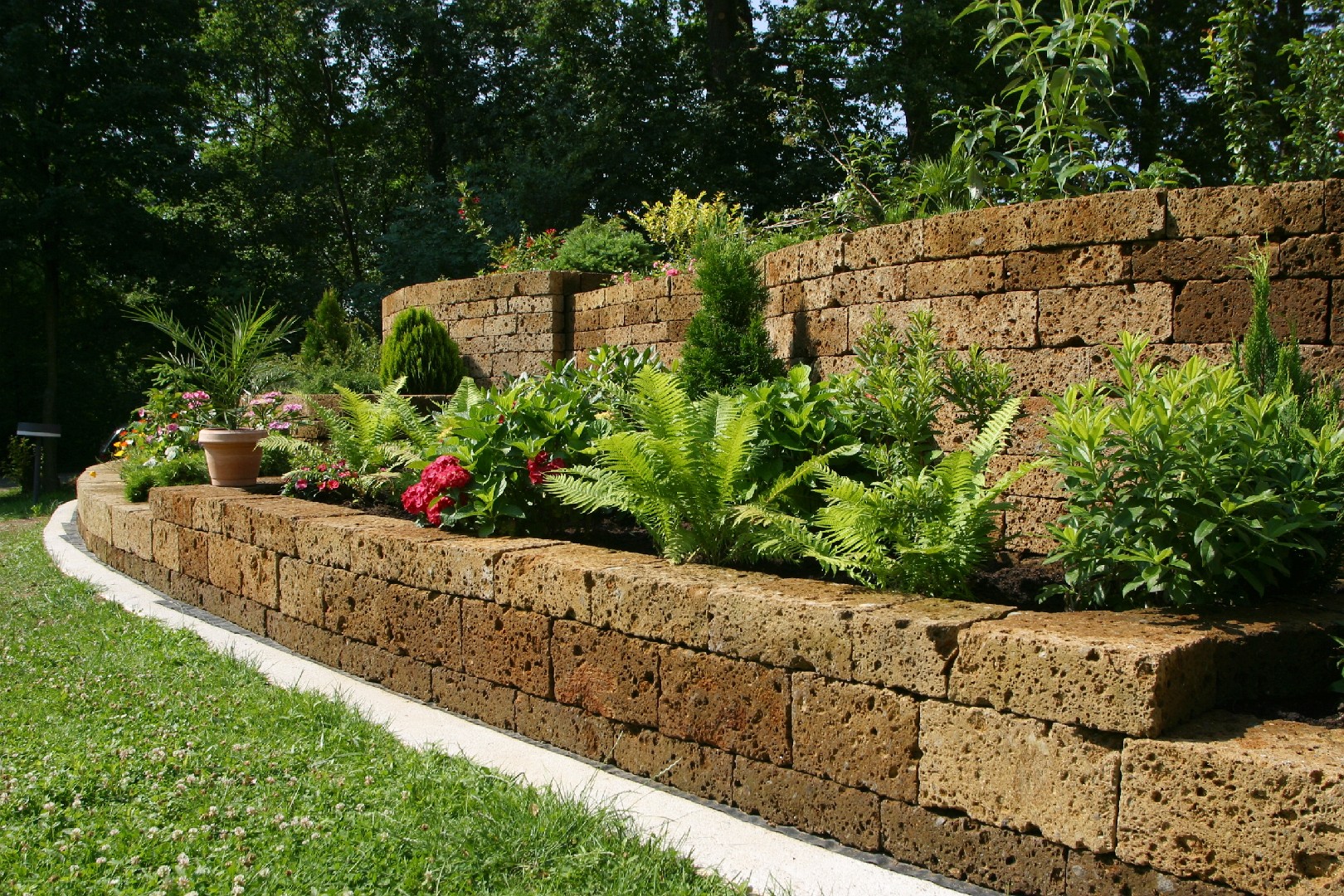![Rectangle]()
Inspiring Retaining Wall Ideas for Your Garden
When it comes to creating a beautiful garden, a well-designed retaining wall can make all the difference. Not only do retaining walls provide structural support, but they can also enhance the overall aesthetics of your garden. In this section, we will explore a variety of inspiring retaining wall ideas that are suitable for different types of gardens, and discuss how to integrate them with existing garden elements.
One of the most popular retaining wall designs is the natural stone wall. Natural stone walls have a timeless and rustic appeal that fits well in traditional, cottage, or farmhouse-style gardens. The irregular shapes and earthy colors of the stones create a visually interesting texture that adds depth and character to your garden. For a cohesive look, consider using the same type of stone throughout the wall, or mix different stones for a more eclectic feel.
If you prefer a more modern and sleek look, consider a concrete retaining wall. Concrete walls offer a clean and minimalist design that works well in contemporary or urban gardens. They can be poured on-site or precast, and can be customized with various finishes, such as smooth, textured, or even stained. To make your concrete wall stand out, consider adding decorative elements, such as built-in planters or integrated lighting.
For gardens with a slope or multi-level terraces, tiered retaining walls are a great option. Tiered walls not only provide stability but also create visual interest and help define different areas of your garden. You can use different materials or colors for each tier to make a bold statement, or opt for a more cohesive look by using the same material throughout. To further enhance the beauty of your tiered walls, you can plant low-maintenance groundcovers or cascading flowers between each level.
When integrating retaining walls with existing garden elements, it's important to consider the overall design and flow of your garden. For example, if you have a garden with a lot of curves, consider using curved retaining walls to complement the natural shape of the landscape. Alternatively, if your garden has a formal and structured design, straight and symmetrical retaining walls may be more appropriate. By harmonizing the retaining walls with the existing elements, you can create a cohesive and unified look that showcases the beauty of your garden.
To inspire you further, let's take a look at a real-world example of a beautifully designed retaining wall. The Smiths, a couple from Vermont, transformed their sloped backyard into a stunning terraced garden using a combination of natural stone and tiered retaining walls. The natural stone walls blend seamlessly with the surrounding landscape, while the tiered walls create distinct planting areas and a sense of depth. The result is a garden that is not only functional but also visually captivating.
In conclusion, retaining walls can be both functional and visually appealing in your garden. By exploring different designs, integrating them with existing elements, and learning from real-world examples, you can create a garden that is truly a work of art. Whether you prefer a natural, modern, or tiered look, there is a retaining wall design that will suit your garden's style. So get creative, and start shaping your Eden today!





